Applications
- Cement industry
- Chemical industry
- Mining industry
- Building materials
- Refractory materials
- Ceramics
Applications
Grinding Materials
Grinding Media Ball: Steel ball, manganese, chrome, ceramic ball, etc.
The ball mill is an important grinding equipment in the industrial field, its main function is to grind large materials into fine particles by rolling or rubbing, which improves the efficiency of the subsequent processing. Ball mills are mainly used in cement production, silicate products, new building materials, refractory materials, chemical fertilizers, ferrous and non-ferrous metal beneficiation, glass ceramics, etc. We see them frequently in the mining, building materials, and chemical industry, etc. JXSC is a reputable ball mill manufacturer known for its high-quality products and innovative designs. We have further optimized the ball mill’s mechanical structure and manufacturing process, so that its overall mechanical performance, operational reliability and economy, and ease of maintenance have been greatly improved. We design and manufacture mills of various sizes and complete grinding systems for the mining, industrial mineral processing, coal, and cement industries, including classifiers and other ancillary equipment for dry and wet grinding systems.
Ball Mill Grinding Materials
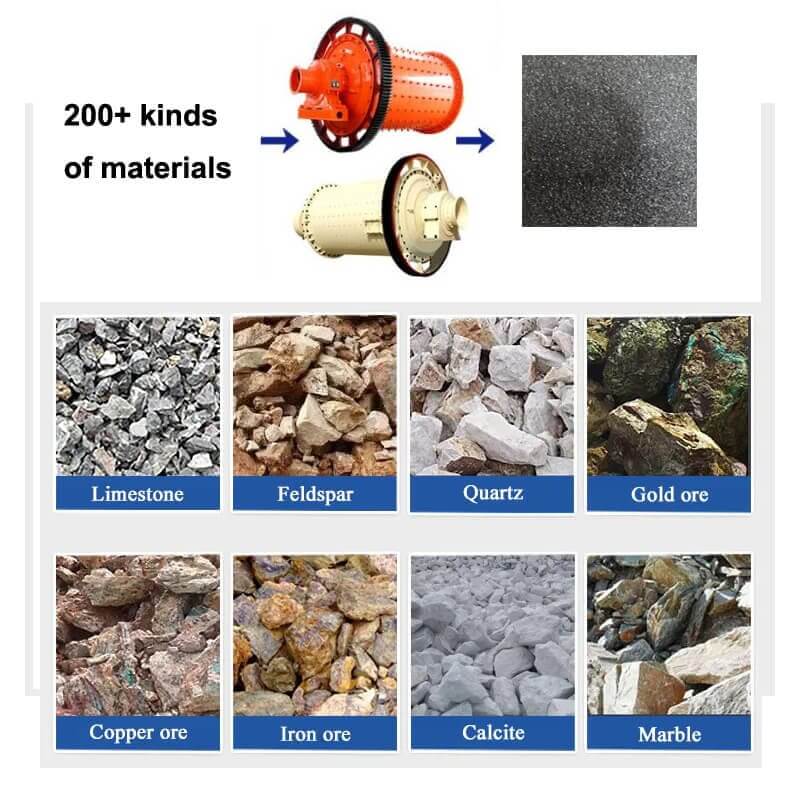
In modern mining and manufacturing industries, choosing the right equipment is crucial. As a professional ball mill manufacturer and supplier, JXSC can develop and customize various types of ball mills. Here you can find many kinds of ball mills for sale. According to the different ways of discharge production, there are overflow and lattice ball mills; Based on the mode of operation, there are intermittent and continuous ball mills; To the obvious grind advantages, there are ordinary ball mills and new energy-saving ball mills; To the different ways of grinding there are dry & wet ball mills; To cylinder shapes, there are small(short), medium, large(long) ball mills; According to the specific actual needs of the use of industry and production requirements are also produced, there are high-yield energy-saving cone ball mill, alumina ball mill, copper ball mill, etc.
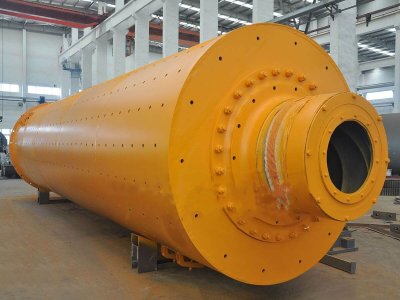
Cement Ball Mill

Ceramic Ball Mill

Coal Ball Mill
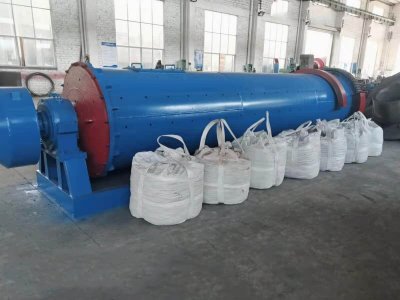
Ore Ball Mill
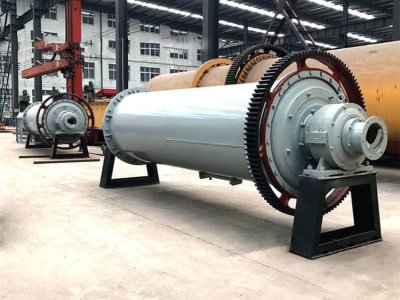
Rotary Ball Mill
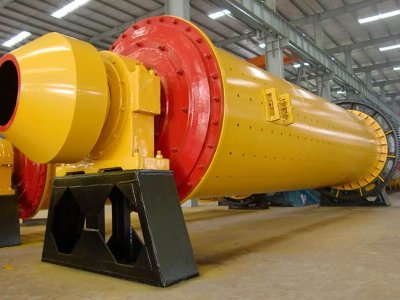
Tubular ball mill
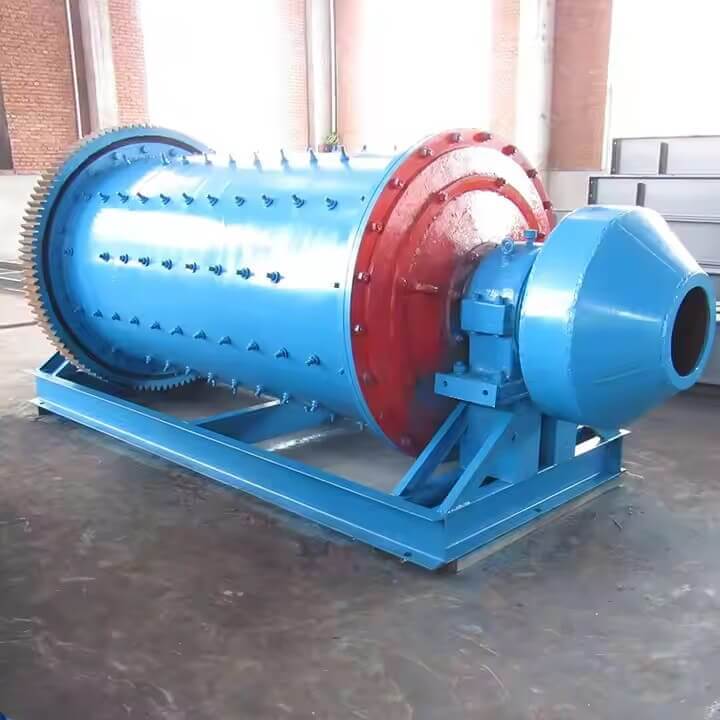
Wet Ball Mill
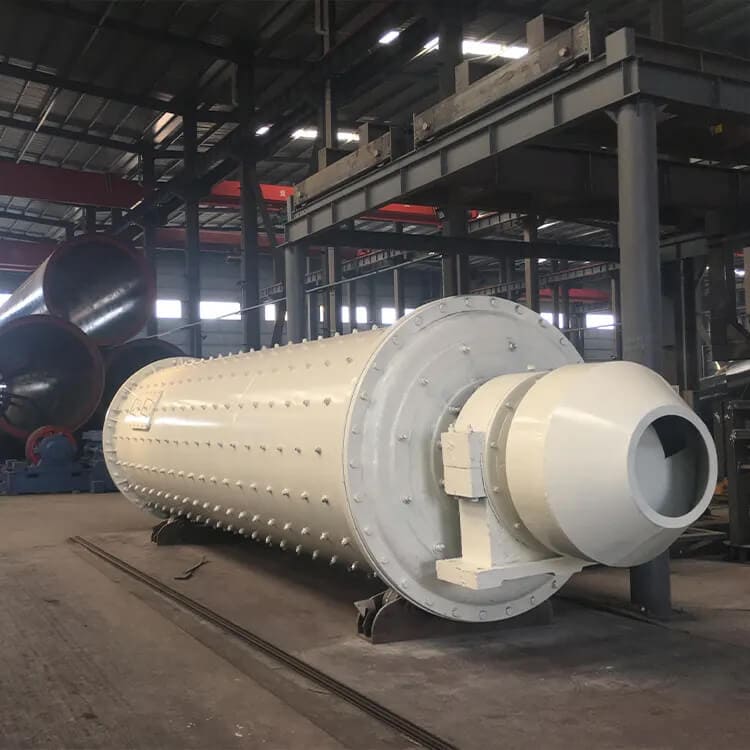
Dry Ball Mill
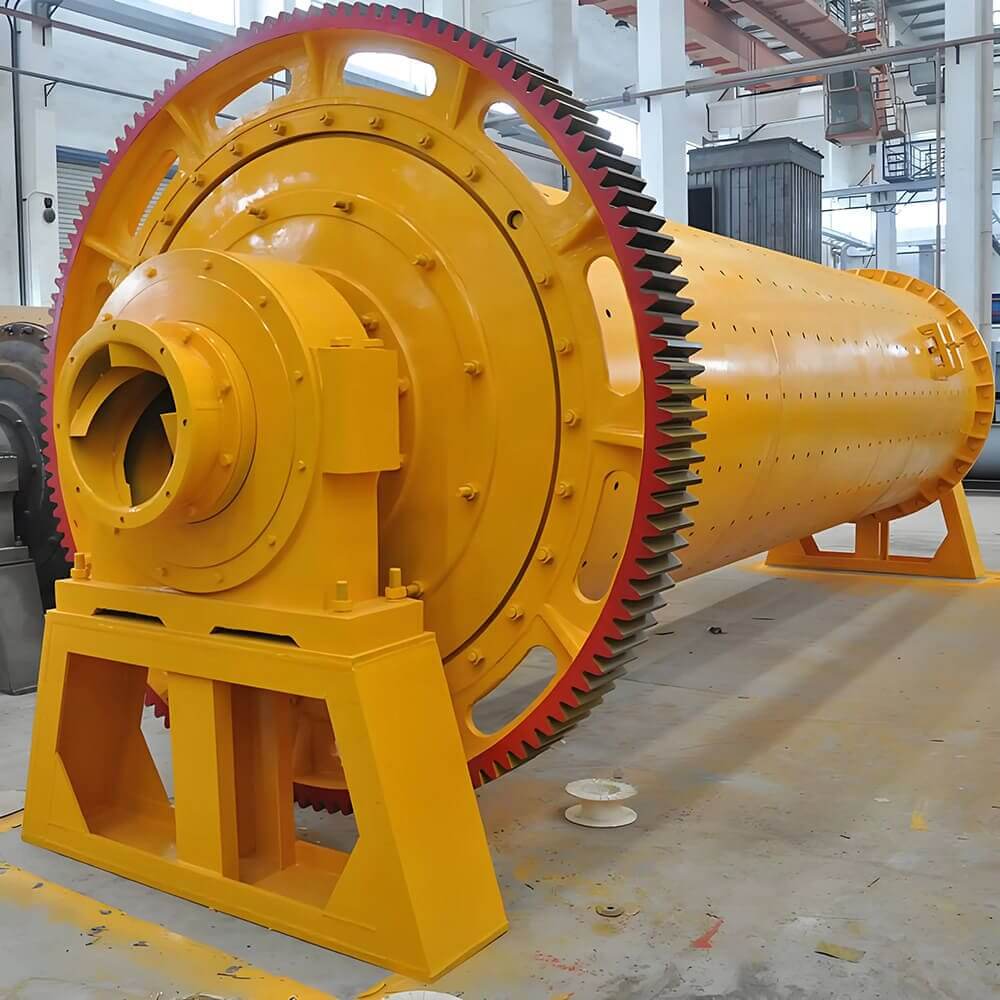
Overflow Ball Mill
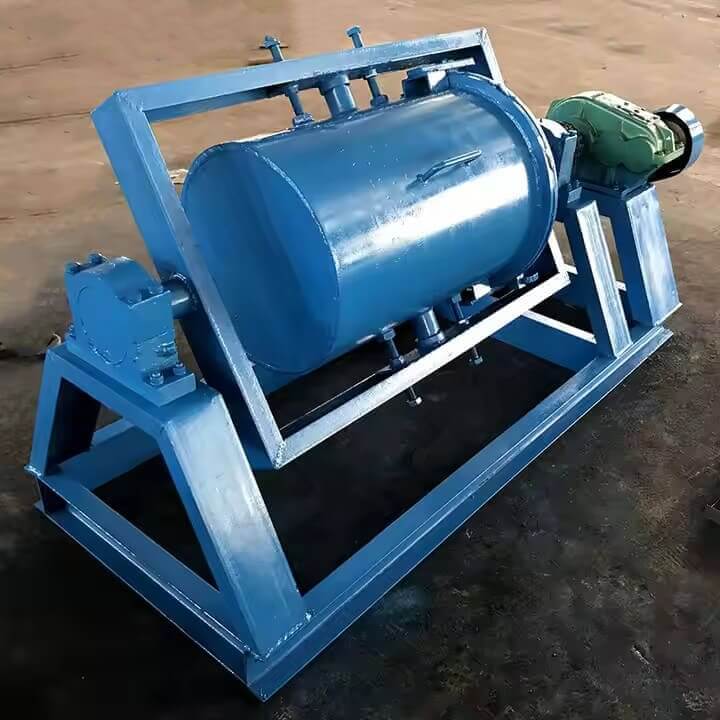
Batch Ball Mill
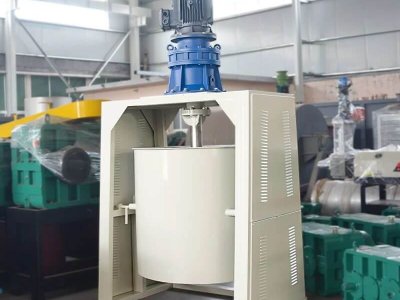
Vertical Ball Mill

Horizontal Ball Mill
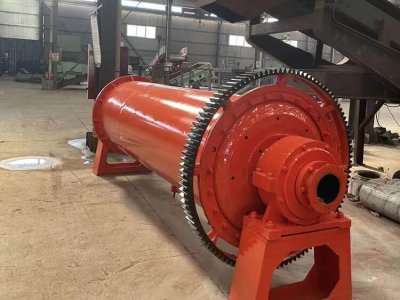
Continuous Ball Mill
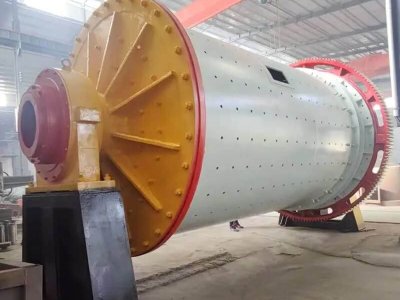
Grate Ball Mill

Small Ball Mill
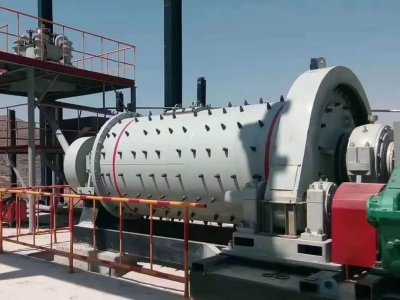
Large Ball Mill
| Classification Basis | Name | Features/Description |
| Cylinder Shape | Short-barrel ball mil | The barrel length is L≤2D. It is usually a single-bin structure mainly used for coarse or primary grinding, with high operating efficiency. |
| Medium-long barrel ball mill | The barrel length L=3D | |
| Long barrel ball mill | The barrel length L≥4D, is generally divided into 2-4 bins. | |
| Grinding Media | Steel ball mill | The grinding media inside is mainly steel segments or steel balls, with strong grinding force, light structure, and stable speed. |
| Rod mill | Mainly used for grinding steel rod media. The diameter of the steel rod is mostly between 50-100mm, and the grinding time is longer. | |
| Gravel mill | The grinding media inside includes pebbles, gravel, sand, porcelain balls, etc., which are mostly used in the production of colored cement, white cement, ceramics, etc. | |
| Discharge Method | Tail discharge mill | The head and tail are used as the inlet and outlet of the grinding material. |
| Center discharge mill | The inlet is at both ends and the outlet is in the middle of the mill. | |
| Mineral/Ore Discharge Method | Overflow ball mill | Discharge through the hollow shaft. |
| lattice ball mill | Discharge through the lattice plate. | |
| Peripheral ball mill | Discharge through the periphery of the cylinder. | |
| Transmission Mode | Center drive ball mill | The transmission power end is at the center of the machine body, and the motor drives the ball mill through the reducer. |
| Edge drive ball mill | The motor drives the gears on the edge of the cylinder through the reducer to drive the cylinder to move. | |
| Operation Characteristics | Wet ball mill | Water is added while feeding, and the material is discharged as a slurry of a certain concentration. |
| Dry ball mill | The material is discharged by airflow, such as cement mill which uses gravity discharge. |
Grinding media are usually ball and rod media, among which ball media is the most commonly used type. Ball mill grinding media is the key material used to grind materials in the ball milling process. The grinding media needs to have sufficient strength and hardness to ensure that it does not easily break during the working process and can maintain its shape. Commonly used materials include cast iron, alloy, ceramic, and alumina.
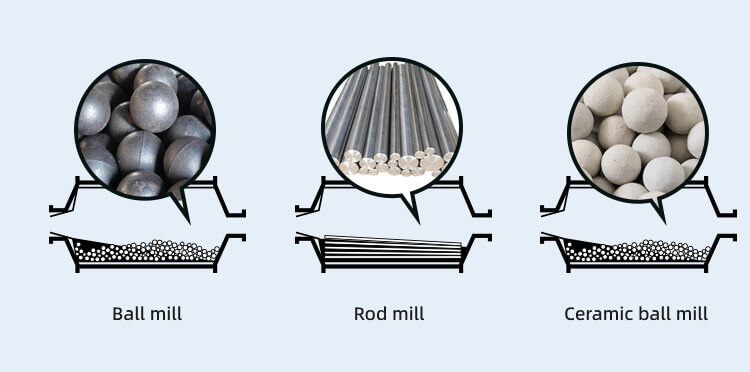
The choice of grinding media depends on many factors, including the nature of the material being ground, the grinding goal, the type of ball mill, and operating conditions.
We are a reputable ball mill manufacturer known for our high-quality products and innovative designs. Some advantages of our ball mills include:
Operate with water or other liquids, allowing for grinding materials that require a wet environment.
Ideal for mineral processing, where slurry is formed.
Operate without liquids, suitable for materials that do not require moisture for grinding.
Commonly used for materials like powders and cement.
Operate continuously, allowing for a steady feed of material and discharge of finished product.
Useful for large-scale production.
Process materials in batches, providing flexibility for varying quantities and types of materials.
Ideal for pilot testing and smaller production runs.
Operate at high speeds, increasing the energy imparted to the material for faster grinding.
Often used in research and development for producing nanomaterials.
Use a unique design where jars rotate around a central axis, providing high-energy impacts for effective grinding.
Suitable for laboratory use and small sample sizes.
Larger-scale versions are used in heavy-duty applications, such as mining and mineral processing.
Designed for high throughput and durability.
Each type of ball mill has advantages and is selected based on the application’s specific requirements, such as material type, desired particle size, and production scale. If you want more details on any particular type, please contact us!
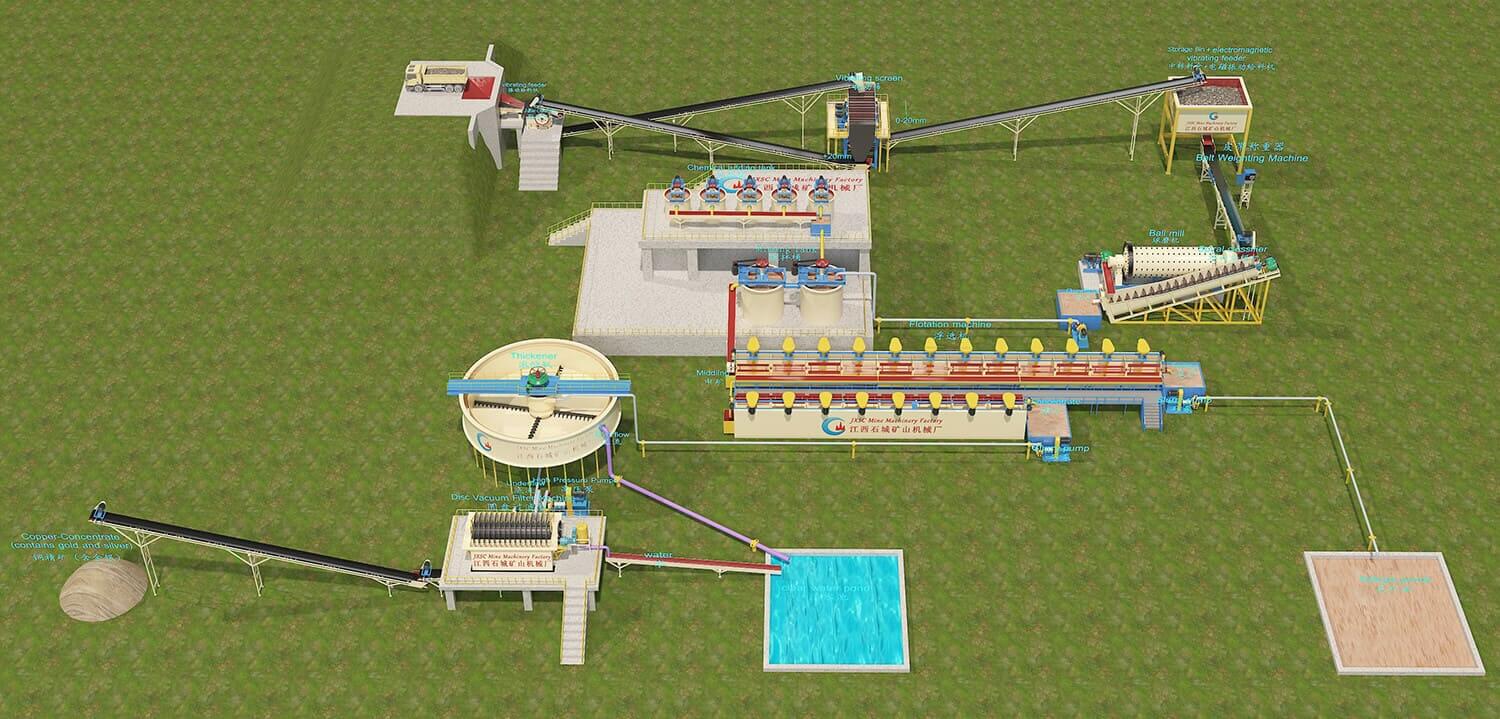
4 parts processing plant: crushing system, grinding system, flotation system, and dewatering system.
Ball Mill Grinding System: Work 24 Hours A Day, 8-9 TPH Input Capacity.
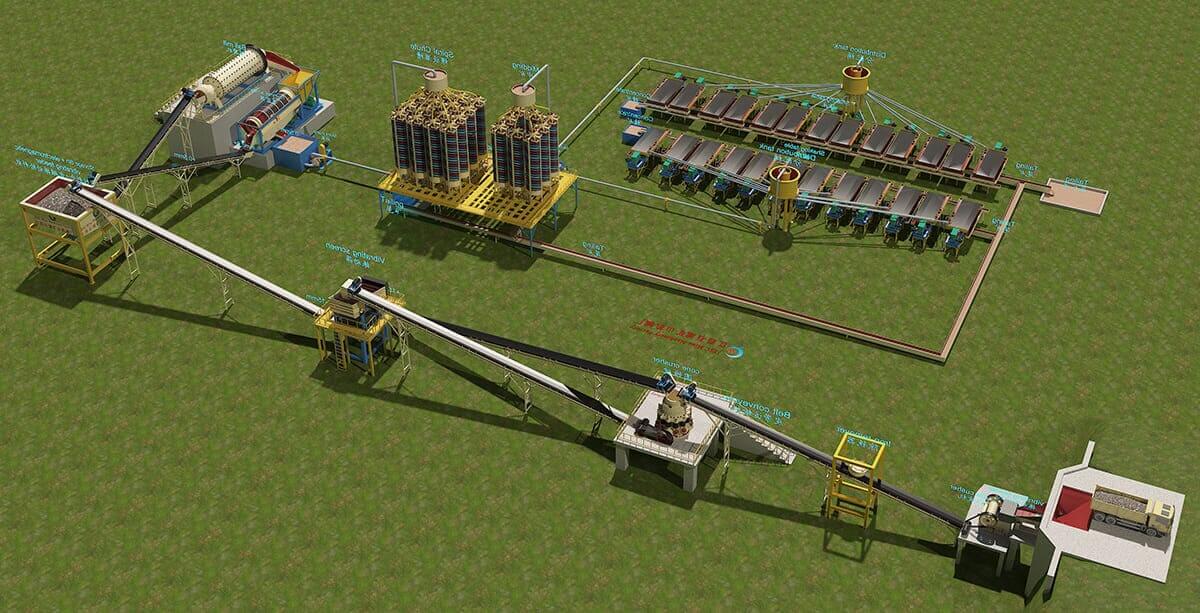
Processing plant: crushing, grinding, gravity separation
It is configured with a jaw crusher, cone crusher, ball mill, trommel screen, spiral chute separator, shaking table, etc.
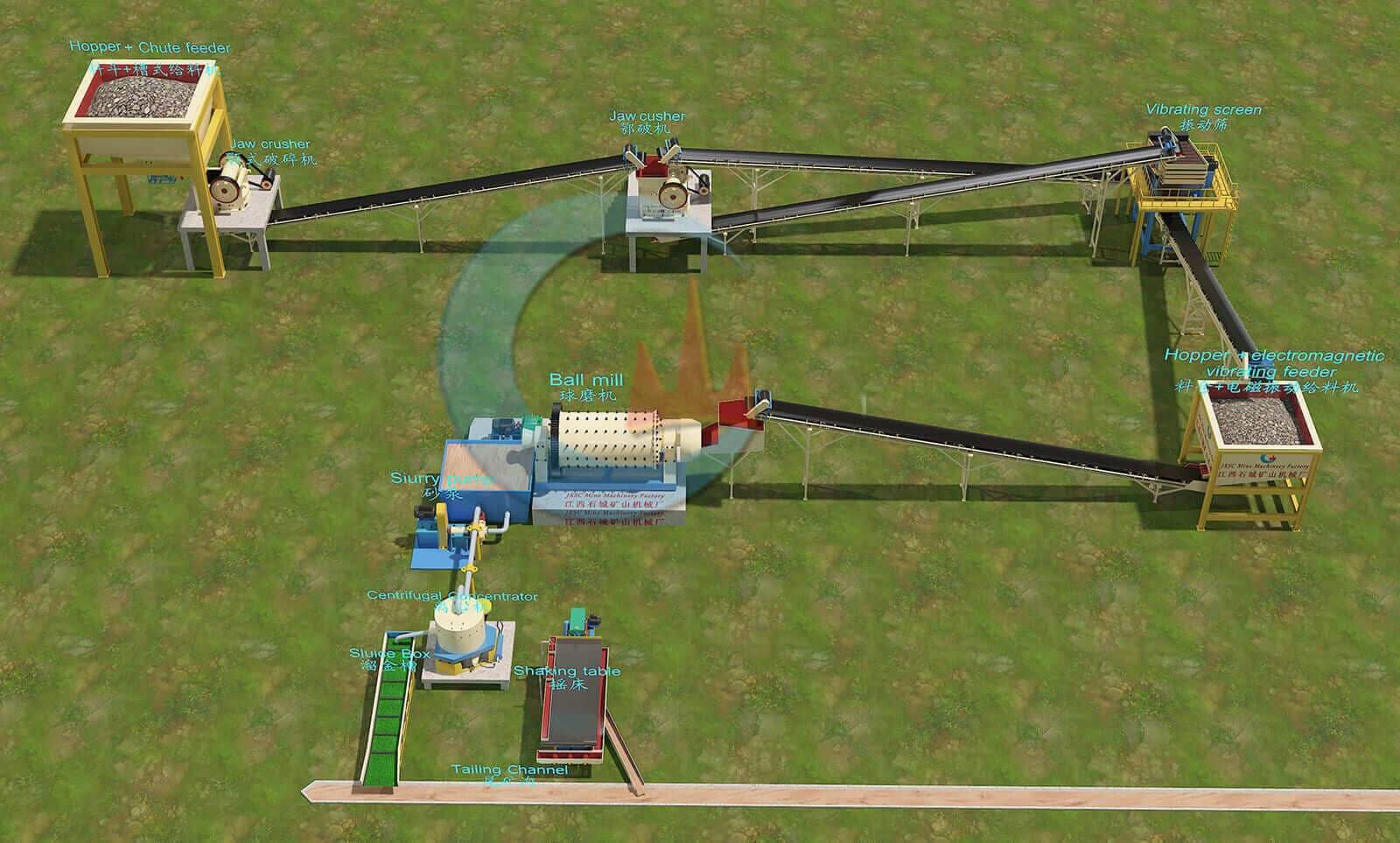
Processing plant: crushing system, grinding system, gravity separation.
It is configured with a jaw crusher, vibration screen, ball mill, trommel screen, gold centrifugal concentrator, shaking table, sluice box, etc.
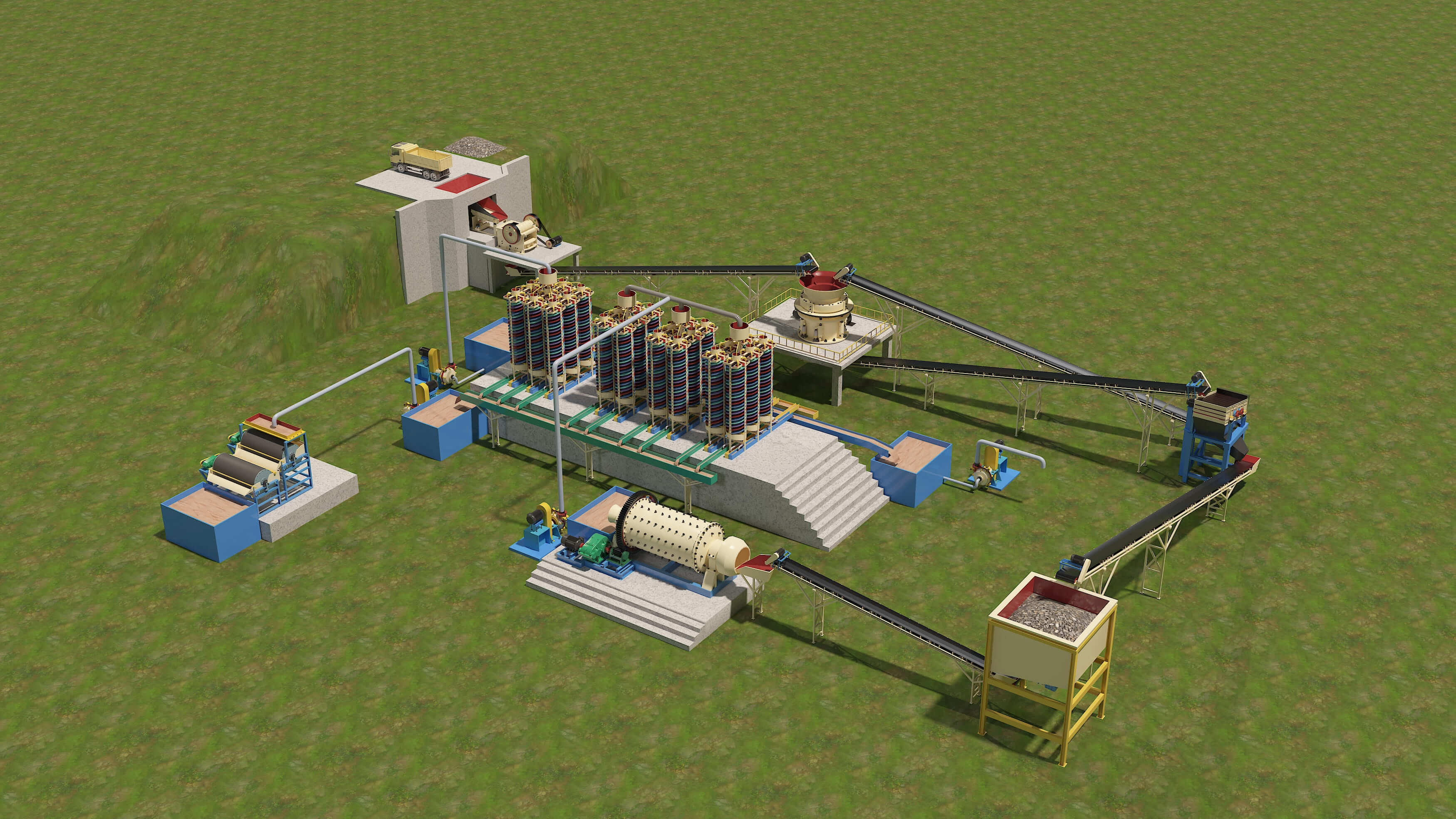
Processing plant: crushing, screening, grinding, gravity separation, strong magnetic separation
It is configured with a jaw crusher, cone crusher, ball mill, spiral chute separator, vibration screen, slurry pump, magnetic separator, etc.